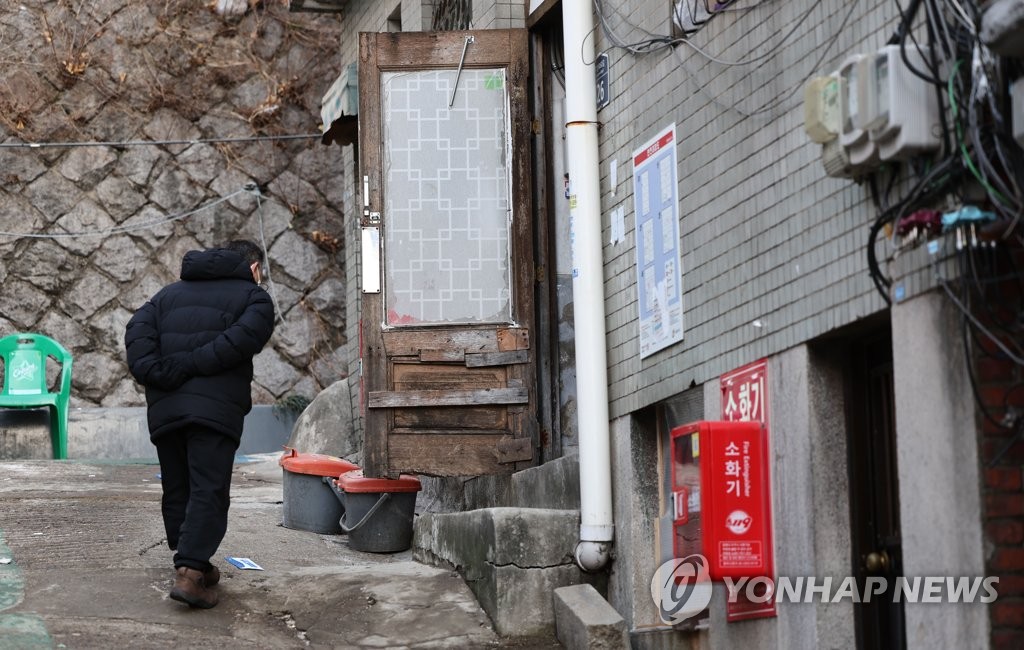Record High Number of Single-Person Households in South Korea Expected by 2023
The number of single-person households in South Korea is projected to reach a record high by 2023, according to the Ministry of Interior and Safety’s Immigration Office. As of December 2023, the number of single-person households has increased to 9.93 million from 9.72 million in 2022.
A Surging Trend in Single-Person Households
In just one year, the number of households with only one person has risen to 211,344. This figure surpasses the growth rate of total households in South Korea during the same period, which increased by only 209,037 households, from 23.7 million to 23.8 million.
A government official from the Ministry of Interior and Safety explained, “The majority of the increase in single-person households is due to the growing number of elderly individuals who remain unmarried and live alone.”
In August 2023, the Korean Statistical Office reported that 1.97 million South Koreans aged 65 and above were living alone. This raises concerns as it implies that 21.8% of the country’s elderly population lives independently.
Shifts in Household Structure
Recent data from the Ministry of Interior and Safety indicates a significant increase in single-person households compared to the predictions made by the Korean Statistical Office in 2022. Originally, it was projected that 34% of households in 2022 would consist of only one individual.
The average number of members per household in South Korea has also decreased. In 2022, the average was 2.17, while in 2023, it dropped to 2.15.
Larger households, including those with four or five members, have experienced a decline. The number of four-member households decreased from 3.257 million to 3.148 million, while five-member households decreased from 776,259 to 743,232. On the other hand, the number of smaller households, such as two-person and three-person households, has increased. Two-person households rose from 5.744 million to 5.866 million, and three-person households increased from 4.015 million to 4.029 million.
Policy Adjustments for Single-Person Households
South Korea needs to adjust its policies to cater to single-person households instead of solely managing families based on traditional models. This conclusion arises from a research report on the changing structure of families by the National Integration Commission of South Korea.
As of 2022, the total number of single-person households in South Korea was over 7.5 million, accounting for more than one-third of the total households in the country. This rate has nearly quadrupled in three decades and currently represents the highest proportion in Korean society. However, policy updates targeting this group have been slow.
Single-person households face vulnerabilities in terms of housing, mental health, nutrition, and social networks compared to the general population. Therefore, experts strongly advocate for the South Korean government to implement policies that address the concerns and improve the well-being of individuals living alone.

Photo: Yonhap
The data provided by the Ministry of Interior and Safety also highlights the diminishing size of typical households in South Korea. With an average of 2.15 members per household in 2023, the number has decreased from 2.17 in 2022.
In light of these developments, it is crucial for South Korea to adapt its policies and focus on the well-being of single-person households, addressing their unique concerns and challenges. By doing so, the country can foster a more inclusive society that caters to the needs of all its residents.
To read more finance and economic news, visit Business Today.

